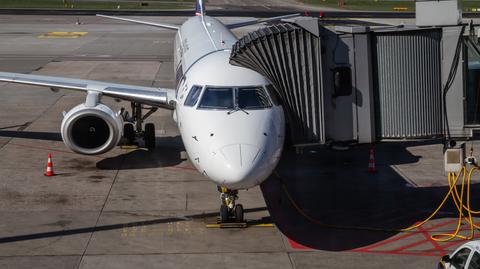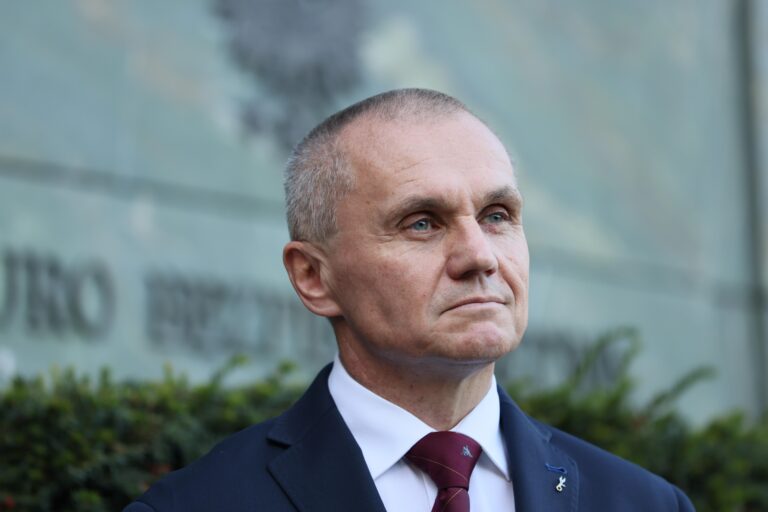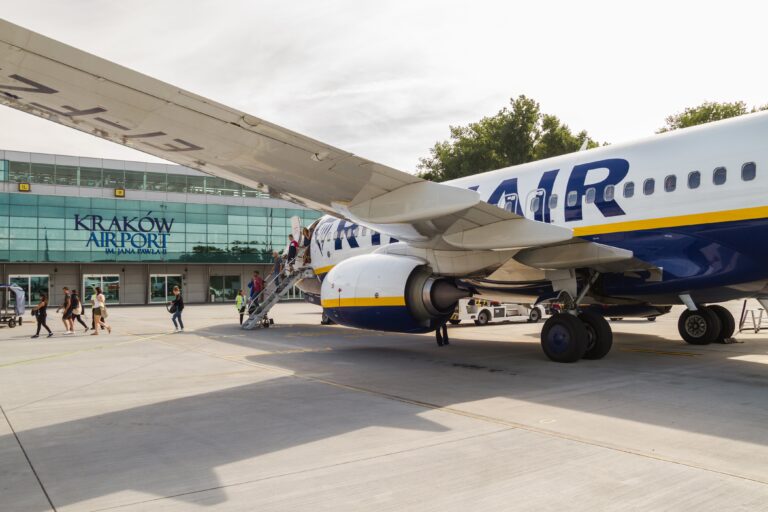Biznes Fakty
Aviation. Experts: The aviation industry is at a critical juncture; problems include limited aircraft supplies.

The airline industry is currently experiencing a particularly challenging phase, as indicated by economists from Allianz Research in their recent report. While global air travel demand is on the rise, disruptions in supply chains are hindering the availability of new aircraft.
„The aviation sector is at a pivotal point, contending with economic recovery (demand for flights also associated with the resurgence of tourism) following the pandemic, while simultaneously facing geopolitical tensions, enduring supply chain limitations, and the rapidly advancing global agenda for sustainable aviation development,” the economists remarked.
Significant bottleneck
They indicated that supply chain issues continue to be a „significant bottleneck” in both the manufacturing and air transport industries. They observed that engine manufacturers, component suppliers, and original equipment manufacturers are struggling to increase production to satisfy growing demand. Allianz Research’s estimates suggest that deliveries in 2024 will decrease by 31% compared to the peak in 2018, when around 1,800 aircraft were delivered. The figures from last year were also 30% below the manufacturers’ own predictions.
Furthermore, economists highlighted the sustained strong demand for commercial aircraft, which, in conjunction with limited deliveries, has resulted in a backlog of approximately 17,000 aircraft at the close of last year. „At the current rate of deliveries, it would take nearly 14 years to clear the existing backlog, which is double the average of six years prior to the pandemic,” the authors of the report stated.
They also pointed out the aging fleet of airlines. The average age of the global fleet has increased to a record 14.8 years, compared to 13.6 years from 1990 to 2024. They noted that an older fleet leads to higher maintenance costs and increased fuel consumption. According to calculations by the International Air Transport Association (IATA), if it weren’t for the decline in industry fuel efficiency due to the ongoing aging of the fleet, airlines would have consumed 1.4 billion fewer gallons of jet fuel and emitted 13.6 million tons less of CO2.
The authors of the report also assessed that the need for aviation decarbonization is currently not a „long-term goal, but rather an urgent necessity.”
An escalating challenge
„Regulatory frameworks such as the EU’s 'Fit for 55′ initiative, requirements for sustainable aviation fuel (green fuels created from alternative sources rather than fossil fuels), and global carbon accounting mechanisms are compelling both airlines and manufacturers to hasten the execution of their sustainability strategies, often before they achieve the technological readiness for large-scale implementation of new solutions. This gap will continue to exist and present a growing challenge for the industry,” they noted.
They also highlighted another issue concerning the capacity of air traffic control centers and limited airport facilities, which hinder airlines from meeting increasing demand. Referencing European Commission data, the economists emphasized that delays in European airspace could potentially increase six-fold by 2035, as up to 80% of air traffic control centers may reach their capacity limits. They observed that during the summer of 2024, 65% of flights arrived punctually, with forecasts indicating that delays are likely to rise in the upcoming years. Moreover, they pointed out that the EC warns many national air traffic control systems are functioning at or beyond their capacity and will be unable to manage future air traffic growth without urgent reforms.
Unstable geopolitical climate
Another challenge for the aviation sector is the unstable geopolitical environment and airspace restrictions, which are influencing alterations in air route planning, among other factors, as well as diminishing demand for tourist travel to the US.
Economists also estimated that innovations such as hydrogen propulsion and operations driven by artificial intelligence will signify profound transformations, but most of these will require another decade to reach the maturity stage for production-scale implementation.



